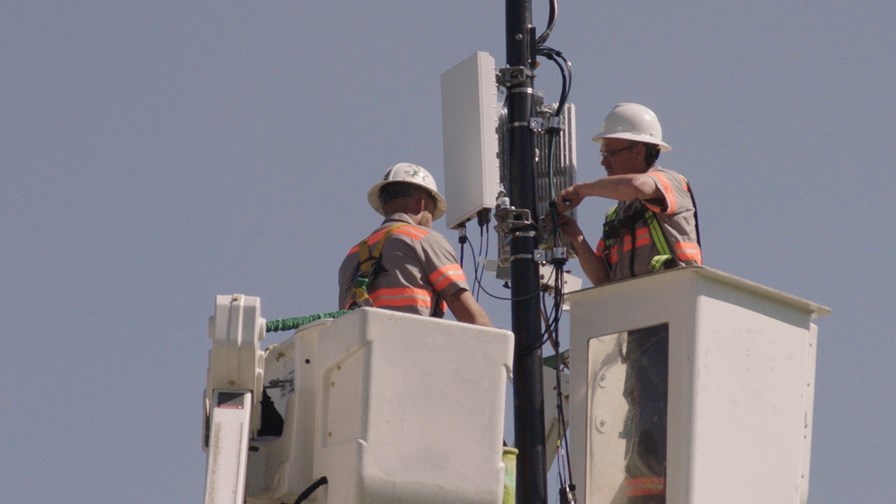
- Why ViacomCBS and BT Sport are switched on to the potential of 5G
- The experience of the pandemic has a lot to do with this bout of enthusiasm
- It has especially highlighted the social dimension to 5G’s potential for high speed interactivity
There's a huge and transformative role for 5G in broadcasting on both the content creation and programme distribution sides of the house, according to Brendan Yam, Senior Vice President and General Manager, ViacomCBS, Digital Studios International, who told TelecomTV he was incredibly impressed with 5G’s advances and the rate at which he thought consumers were buying in to the 5G proposition.
ViacomCBS has just launched a position paper on the topic. Titled Unleash 5G’s Full Potential Through Entertainment, it covers a lot of ground on 5G but its core message is around what it describes as 5G’s eight game-changers: It wants the rest of the broadcast industry to become similarly enthused.
The latest bout of enthusiasm has been driven by how telecoms technology has performed during the pandemic.
“We can’t say enough about live streaming,” says Brendan Yam. “It’s engaging because consumers of content like to be in the moment, and now creators are getting more comfortable with doing live streaming - that’s something that will last and has been a big thing.”
He adds, "digital first talent have been really comfortable with streaming, but for others it’s been a little bit more challenging. So to bridge the gaps [we are] creating formats that make it great for the talent to participate who might otherwise have not been quite so comfortable. With a kids programme we did, for instance, we had a kids’ choice awards within which we had a ‘fan wall’ participation experience. So we had hundreds of participants who, thanks to the tech, could become part of the live production with them all actually participating in it. This is an event that used to be hosted in a stadium-type environment. So our ability to recreate that experience virtually is phenomenal. And that was without 5G -- if you bring 5G in, then we think the potential is limitless."
He continues: “The pandemic has clearly changed the way people think, act, consume and engage when it comes to video. The reason we did our paper is because in order to go to the next step you need to collaborate - you can’t create a new business without bringing all the different companies and getting them working together,” he says.
Watching with friends
BT Sport has a similar story. For Matt Stagg, BT Sport’s Mobile Strategy Director, it’s about getting mobile end to end, and with guaranteed bandwidth along with mobility and some edge and cloud capabilities for both the production and distribution components, BT Sport can see the whole business being built on 5G. “We don’t need ultra-low latency because we can cope with some delay,” he says, “but the delay must be consistent,” he notes.
It’s interesting how capabilities that were once considered front and centre for next generation content are now sometimes sidelined. Take the concept of multiple cameras deployed at a sports event, with the user choosing which camera to view the game through. “You could stream access to every one of the 24 cameras available on match day, but in reality most of the time all the action is coming from ‘camera one,’" he says.
So while BT Sport is very keen on augmented reality, says Stagg, it’s not at all keen on sport being viewed in Virtual Reality (VR) headsets. “We’ll offer customers a pick-and-mix box of capabilities from which they can choose, but there will still be a firm editorial lead on it," he says.
So fast forward to 2021, what lessons if any has BT Sport drawn from the pandemic that it feels validates its approach and its innovations?
“The number one capability we’ve launched with the app that we’re most proud of is Watch Together, where you invite up to three of your friends to come and watch games all synced up, so that no-one sees a goal before everybody else," says Matt.
This feature obviously hit the spot during the pandemic, but it’s reinforced the important point that watching sport is often a highly social activity. “Innovation doesn’t drive things, but it does allow us to do things we otherwise couldn’t,” notes Stagg. “We’ve probably moved three years in one.”
In future he can see social capabilities being built into sports programme formats right from the start and then getting more elaborate over time.
Email Newsletters
Sign up to receive TelecomTV's top news and videos, plus exclusive subscriber-only content direct to your inbox.




